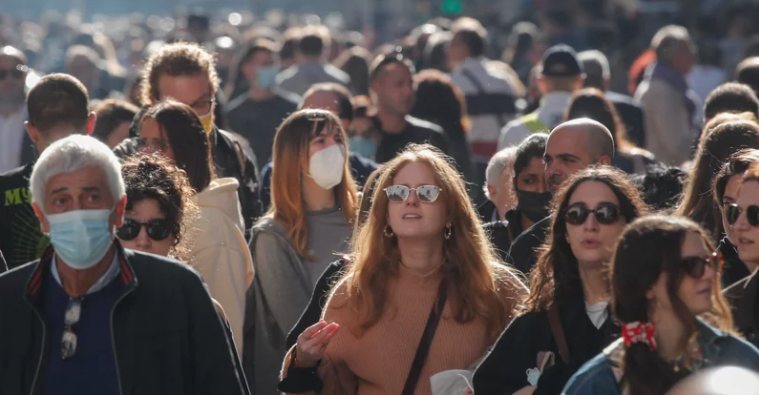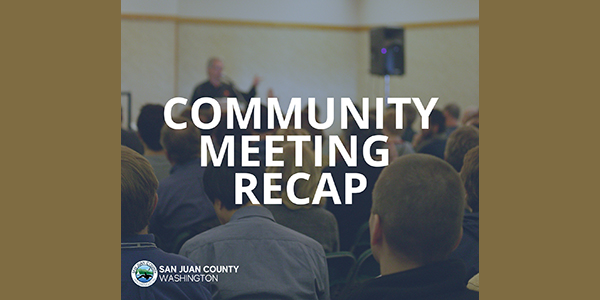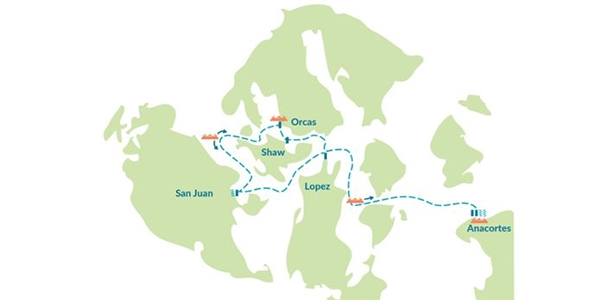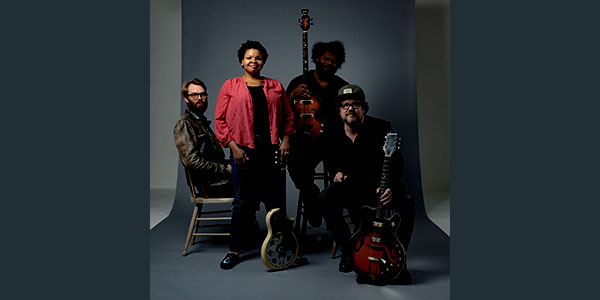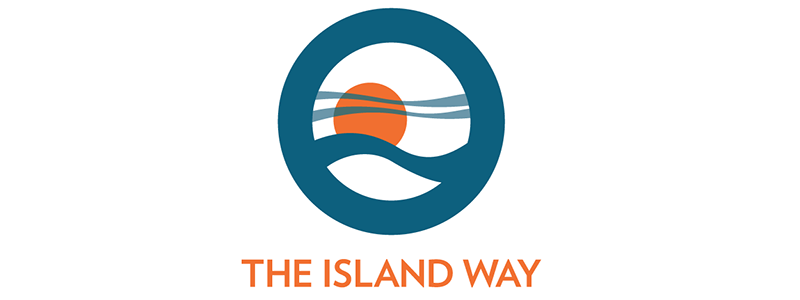||| FROM NPR.ORG POSTED AT REQUEST OF theORCASONIAN READER |||
Like everyone else, Devin Golden is thrilled omicron is in retreat. But he isn’t ready to let down his guard. He’s not even close.
“I know a lot of people have stopped wearing their masks,” says Golden, 33, of Palm Bay, Fla. “I still wear my mask almost every time in public and especially indoors.”
Golden doesn’t describe himself as a germaphobe or a worrier in general. He doesn’t have any health problems that would put him at high risk. He and his wife are fully vaccinated and boosted. They just aren’t ready to take that leap.
Even though the omicron surge is fading, Golden knows the virus is still infecting more than 35,000 people, and killing more than 1,200, every day in the U.S.
“There’s been stories about people who are just as healthy as me who have died from this,” he says. “It’s rare. But it’s not like it’s zero percent.”
And it’s not just masks. Golden’s still working from home, hasn’t gone back to the gym or taken a plane trip, and is still isn’t really socializing much indoors.
As many people return to more pre-pandemic behaviors, this can feel like an especially perilous moment for older people, those with weak immune systems and other health problems that make the virus especially dangerous. Parents of kids too young to get vaccinated are worried too. Many feel left behind and angry.
Golden is one of the many healthy people who aren’t necessarily at high risk but who nonetheless are also feeling out of sync with the world around them.
It can be tricky to adjust, experts agree, and hard to deal with the social pressure to shrug off COVID worries. Their advice is that it’s OK to hold on to your own sense of what’s safe and take your time coming out of the bunker.
In the moment we’re in, each individual has to become kind of amateur epidemiologist, calculating how much risk they’re willing to take over and over again every day in each situation.
“There’s no bright line that separates safe and not safe,” says Dr. Robert Wachter, who chairs the department medicine at the University of California, San Francisco.
Individual risk depends on a variety of factors, including where someone lives, their age, and their health. And everyone has to decide what’s worth taking a risk for, and what isn’t.
“We have to be sort of forgiving of ourselves and our our neighbors,” says Wachter. “Our brains have all been pickled by anxiety for two years. You can’t snap your fingers and say, ‘Don’t worry about it all.’ In part cause it’s hard for the brain to make that kind of pivot and in part because the risk is low — but it’s not zero, it’s just low.”
Coping with an invisible threat
Lynn Bufka, a researcher with the American Psychological Association, says one of the reasons the pandemic has been so hard to navigate is because the virus is invisible — and that hasn’t changed.
“We still can’t see the threat but now we’re told it’s not so bad. So it becomes really hard cognitively to reconcile that, right? We could never see the threat. We engaged in behaviors to protect ourselves from threat. And now we’re being told we don’t have to do those things anymore,” she says. “Mentally it’s a lot of information to kind of process and make sense of.”
That’s how Michelle Forman, 42, feels. “It does feel like a sort of like a weird in-between time,” she says. “It does feel strange. It feels uncomfortable, you know, being in a store and seeing people without masks.”
Forman, who lives in Kensington, Md., with her husband and two kids, says masks feel “a little bit like a like a security blanket.” Wearing them, “feels normal, and it feels reassuring,” she says.
So even though they’re all fully vaccinated and healthy too, they’ll keep masking around other people, to protect themselves, and others from COVID-19 and long COVID. And they still aren’t eating inside restaurants or going to the gym or movies.
“I know many people, as we all probably do at this point, who have had COVID,” Forman says. “And even seeing what the severe end of mild looks like is definitely not something I want for myself or my family.”
**If you are reading theOrcasonian for free, thank your fellow islanders. If you would like to support theOrcasonian CLICK HERE to set your modestly-priced, voluntary subscription. Otherwise, no worries; we’re happy to share with you.**

